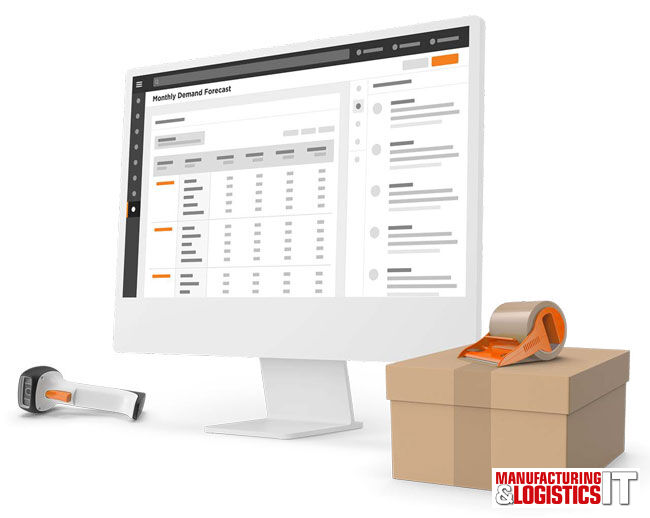In a recent survey, supply chain executives shared their expectations for peak season 2023. More than 150 retailers, wholesalers, and 3PL/4PL firms revealed how prepared they are for peak season 2023, what they plan to focus on this year, and how their priorities, concerns, challenges, and technology investments compare to 2022.
Here are five significant peak season survey findings:
- A warehouse management system (WMS) and order management system (OMS) are key to peak season profitability. For most respondents, investing in a modern WMS or OMS is crucial for peak season success: 92% declare that these solutions will prepare their warehouse operations to be more profitable during peak season. Of this group, 70% are actively implementing their WMS or OMS solution investments. Because a WMS or OMS serves as the foundation for inventory, operations, and other technology systems, getting this type of solution in place is the first step to deploying automation, which more than half of respondents are prioritizing this year.
- Labour issues fuel peak season automation deployment. Deploying automation is the top strategy for overcoming labour challenges, with 55% identifying it as their preferred approach (compared to 11% in 2022). “Now more than ever, there’s a need to invest in a consolidated technology platform with an obvious ROI,” says Michael Johnson, vice president of business consulting at Deposco. “Especially if you’re relying on automation to help close the labor gap, it’s critical to be able to predict and measure ROI before investing in a system or solution.”
- The transportation/logistics labor shortage creates the need for tech. Supply chain executives expect this critical worker deficiency to influence their ability to ramp up for peak season in many ways. For more than four out of 10 respondents (43%), it will accelerate technology investments (as opposed to only 11% last year). These investments include tighter integration with supply chain systems and other critical solutions like automation, wearables, artificial intelligence (AI), and augmented and virtual reality (AR/VR).
- Hiring is no longer as important as upskilling people. Last year, 30% of supply chain executives focused on employing new workers to handle peak season. This year, only 8% name hiring as a priority. Instead, it seems to be taking a back seat to digital upskilling among existing workers. Upskilling is the top priority for nearly two in 10 leaders (18%), up from only 4% last year.
- Prime Day is now a peak event. “Peak season is no longer just the holiday season,” says Josh Lett, senior vice president of professional services at Deposco. For 75% of executives, Amazon’s sitewide sale is now considered a peak event. While Prime Day may contribute to a longer peak season, it also presents retailers, wholesalers, and 3PL/4PL firms with a practice run — a chance to test new processes and technology before the sustained peak begins later in the year.
“This research serves as a peak season ‘boot camp’ for supply chain execs looking to simplify supply chain, speed value, and adapt to growth,” said Johnson. “This peak season is particularly unpredictable, as we are all still trying to define expectations following the unprecedented fulfilment challenges over the last three peak seasons.
Survey Methodology
The survey was taken by 150+ retailers, wholesalers, and 3PL/4PL firms in the United States in July 2023. Respondents were asked about peak season preparation, top peak season challenges, and the solutions they plan to use to re-engineer peak season for speed, simplicity and flexible growth.



